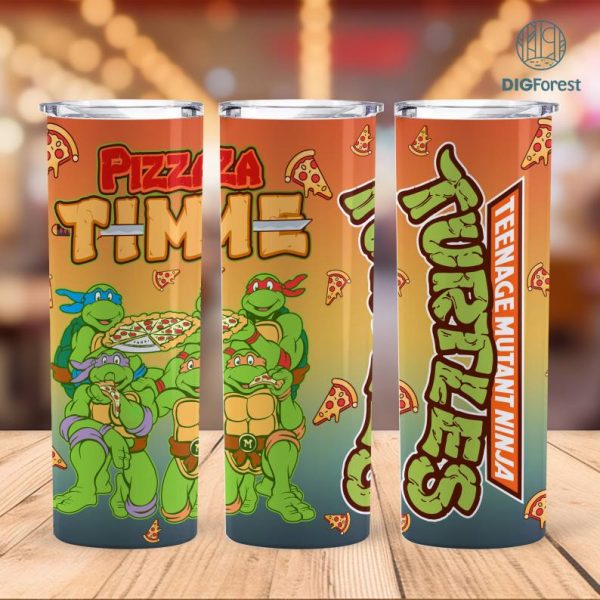MCU
10 Ways The Spider-Man: Across The Spider-Verse Script Alters Your Perspective on the Film

“Spider-Man: Across the Spider-Verse, a cinematic marvel in its own right, is elevated to new heights with a script that not only complements the visual spectacle but also enriches the narrative tapestry. Beyond the awe-inspiring animation and stellar voice performances, a deeper appreciation for this multiversal adventure emerges upon delving into the intricacies of the script, skillfully crafted by the trio of Phil Lord, Christopher Miller, and Dave Callaham. Let’s explore ten revelations from the script that fundamentally alter our perception of the movie:
10. Secret Code Name: The Intriguing Pseudonym – Unveiling the film’s behind-the-scenes secrets, the script adopts the pseudonym “Whac-a-mole.” This covert reference, cleverly integrated into an action line describing a scene involving the exasperated shopkeeper Lenny and The Spot, adds a layer of mystery. Beyond merely concealing the project, “Whac-a-mole” may subtly allude to the diverse array of Spider-People popping up across the multiverse.

9. Celebrating Spider-Man’s Legacy: A Collective Work of Thousands – Setting the stage for the cinematic celebration of Spider-Man, the script’s “Based On” description transcends the customary acknowledgment. It becomes a profound homage, recognizing the collaborative efforts of thousands of writers and artists over the past six decades. Spider-Man: Across the Spider-Verse emerges as a testament to the character’s enduring legacy, intertwined with the creative contributions of a vast community.

8. Epigraph Quotes: Philosophical Underpinnings – Before the narrative unfolds, the script invites readers into the thematic universe with poignant epigraph quotes. Drawing from the wisdom of Blaise Pascal and the verses of Sun-Ra, these quotes resonate with the struggle, youth, and individuality inherent in Spider-Man’s journey. The epigraph becomes a literary prelude, foreshadowing the depth and philosophical richness woven into the film’s fabric.
7. Visual Homage: A Tapestry of Cinematic Nods – Beyond the seamless animation, the script reveals a deliberate nod to the cinematic Spider-Man legacy. Explicit references to scenes from The Amazing Spider-Man, notably Gwen’s confrontation mirroring Andrew Garfield’s battle with The Lizard, showcase a meticulous effort to pay homage to previous iterations. These cinematic Easter eggs, embedded in the script, add a layer of intertextuality for keen-eyed viewers.

6. Villain Backstory: Adriano Tumino and the Renaissance Vulture – Even the script’s attention to minor characters is exemplary. The Renaissance version of The Vulture, portrayed briefly in the film, gains depth through the revelation of his real name, Adriano Tumino. This nuanced approach to character-building emphasizes the filmmakers’ commitment to crafting a multiverse where even the most fleeting characters possess unique identities and backstories.

5. Miles’ Growth: From Aspiring Hero to Fully-Fledged Spider-Man – During the significant time skip between the first and second Spider-Verse movies, the script elucidates Miles’ transformative journey. It underlines his evolution into a fully-fledged Spider-Man, a detail that adds resonance to his decisions and actions throughout the narrative. This emphasis on character growth ensures that Miles’ role as his universe’s Spider-Man is not just a mantle but a hard-earned identity.

4. Dimensional Designation: A Multiversal Cataloging System – In a stroke of world-building genius, the script allocates numerical designations to each dimension briefly traversed by The Spot. Whether it’s the whimsical Earth 13122, home to the Lego universe, or the gritty Earth-688, housing the live-action Venom universe, every dimension, no matter how transient, is meticulously cataloged. This attention to detail reinforces the narrative’s commitment to the intricacies of the multiverse.
3. Unfiltered Thoughts: Dialogue Beyond the PG Realm – While the finished film maintains a family-friendly PG rating, the script reveals a more unfiltered layer in its descriptive action lines. Occasional profanity, absent from the screen adaptation, allows readers to peek into the characters’ minds. The unspoken thoughts, conveyed through the script’s direction, offer a glimpse into the raw, unrestrained emotions that characters like Gwen and Miles might be experiencing.

2. Deadly Portals: The Spot’s Lethal Potential – The script introduces a chilling dimension to The Spot’s capabilities. While the film portrays his portals as a means of transport and manipulation, the script hints at a darker purpose. The description of a near-beheading incident involving Pavitr suggests that The Spot’s portals could be wielded lethally. This revelation adds a layer of menace to The Spot’s character, underscoring the stakes faced by the Spider-Team.
1. Hobie’s Cool Factor: Script-Enhanced Awesomeness – One of the script’s triumphs lies in its portrayal of Spider-Punk, Hobie Brown. While the animated film captures his coolness visually, the script goes above and beyond. Lavishing him with descriptors like “Strong, long, and-skinny hot” and endearing nicknames such as “The Madman from Camden” and “The Spider-Punk with a penchant for Funk,” the script conveys a deep appreciation for this character. The writers’ enthusiasm for Spider-Punk, evident in the script, amplifies the enjoyment of witnessing his animated exploits.

In essence, the script for Spider-Man: Across the Spider-Verse transcends its role as a blueprint for the film. It becomes a treasure trove of narrative nuances, thematic revelations, and behind-the-scenes insights. Reading it provides a layered and immersive experience, offering fans a deeper connection to the multiverse-spanning saga of Spider-Man.
We bring out some of the most well-known MCU collection, all of which are available at reasonable costs. Visit our link now if you are interested in the MCU collection


Rocket Raccoon, Groot, Thanos, Loki, Winter Soldier
